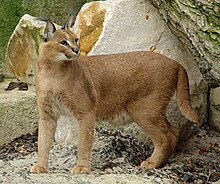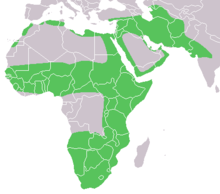Ethiopian Wolf
The Ethiopian wolf, often referred to as the Simien fox or Simien jackal, exclusively inhabits the Ethiopian highlands. These high-altitude ecosystems, known as Afroalpine zones, are characterized by vast expanses of grasslands and heathlands interspersed with stunning volcanic landscapes. These unique environments are home to a variety of flora and fauna, with the Ethiopian wolf standing out as a flagship species.
The Ethiopian wolf is easily distinguishable by its strikingly red or rusty coat, long legs, and slender body. With pointed ears and a bushy tail, it bears a resemblance to other canid species but remains a distinct and unique member of the canid family. As an apex predator in its ecosystem, the Ethiopian wolf plays a crucial role in maintaining a balanced food chain by preying on rodents and other small mammals.
Despite its adaptability and resilience, the Ethiopian wolf faces numerous threats to its survival. Habitat loss due to human encroachment, agricultural expansion, and climate change poses a significant risk to these wolves. Moreover, infectious diseases transmitted by domestic dogs, such as rabies and canine distemper, have decimated populations in some areas.
Recognizing the critical status of the Ethiopian wolf,
conservation organizations and local communities have joined forces to protect
this iconic species. Efforts include habitat restoration initiatives,
community-based conservation programs, and disease monitoring and vaccination
campaigns. The goal is not only to safeguard the Ethiopian wolf but also to
preserve the unique Afroalpine ecosystems it calls home.
















